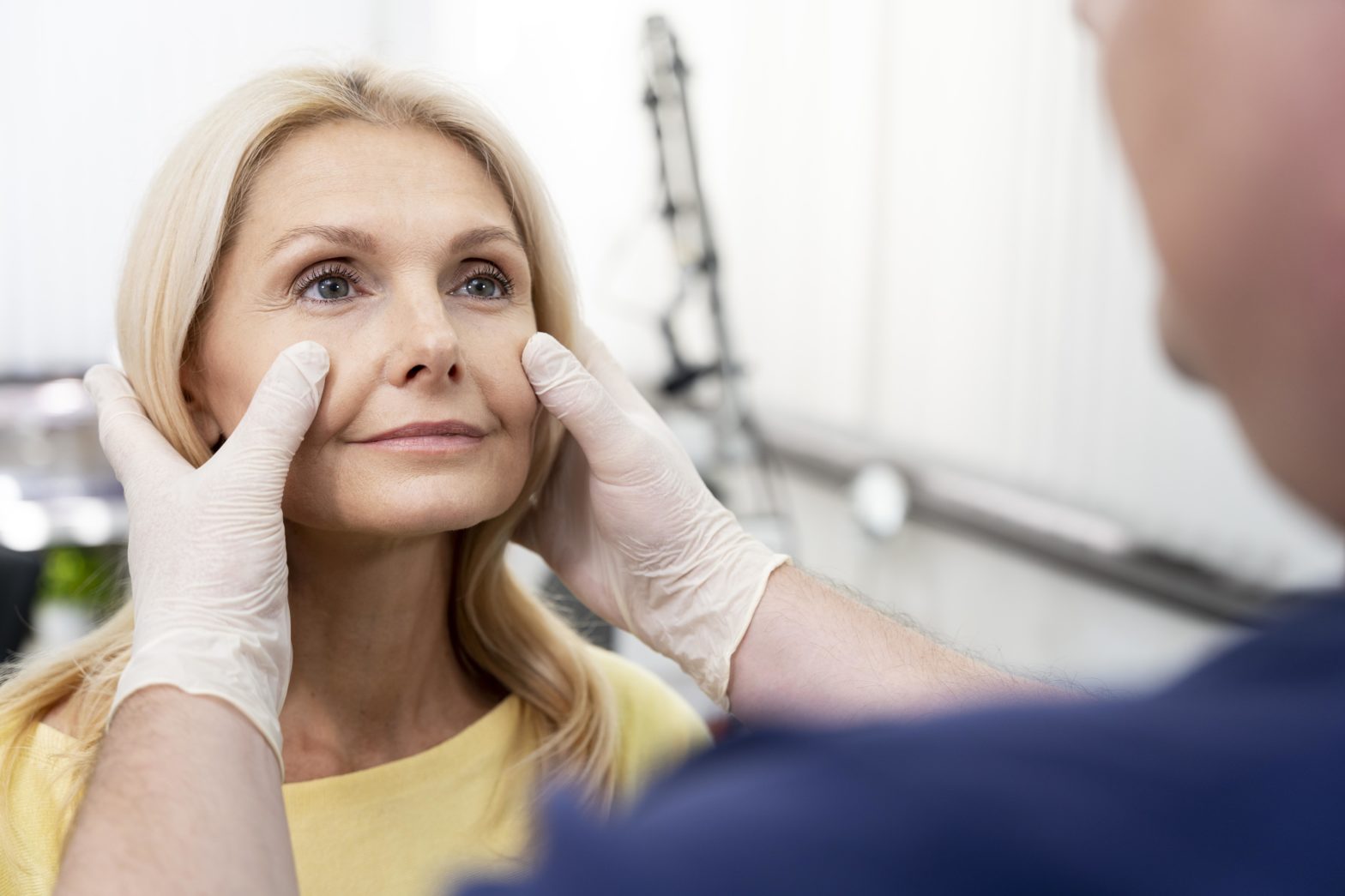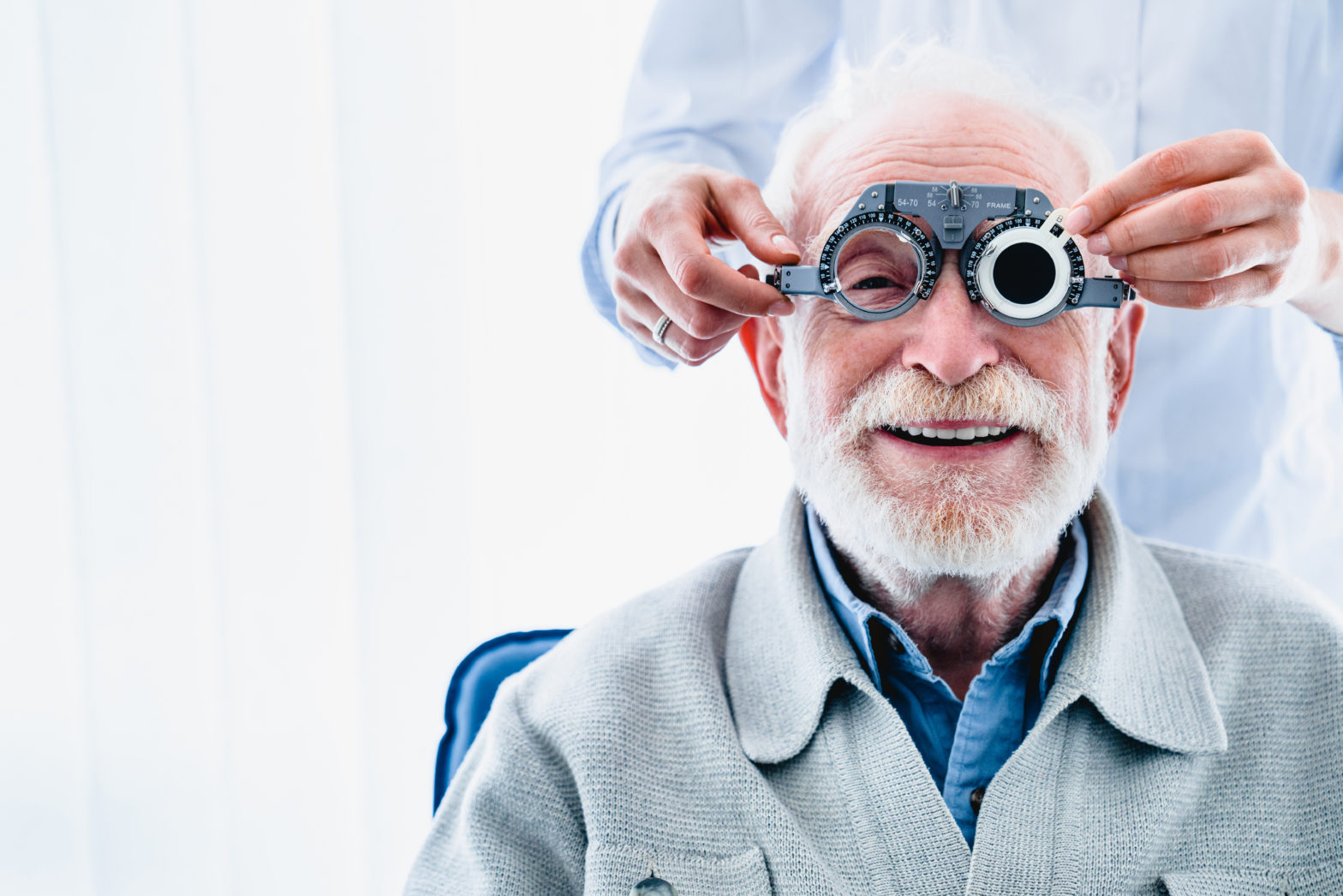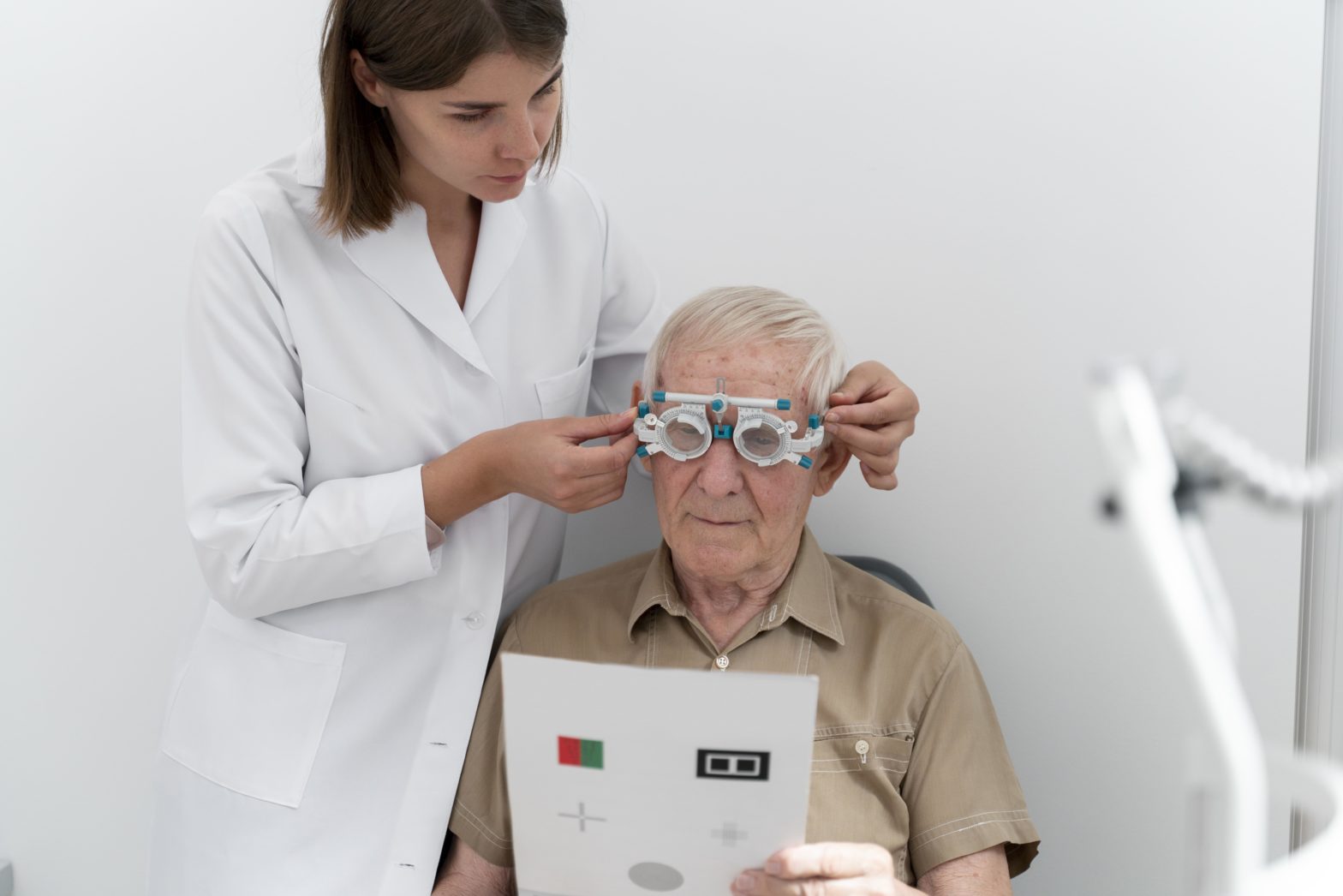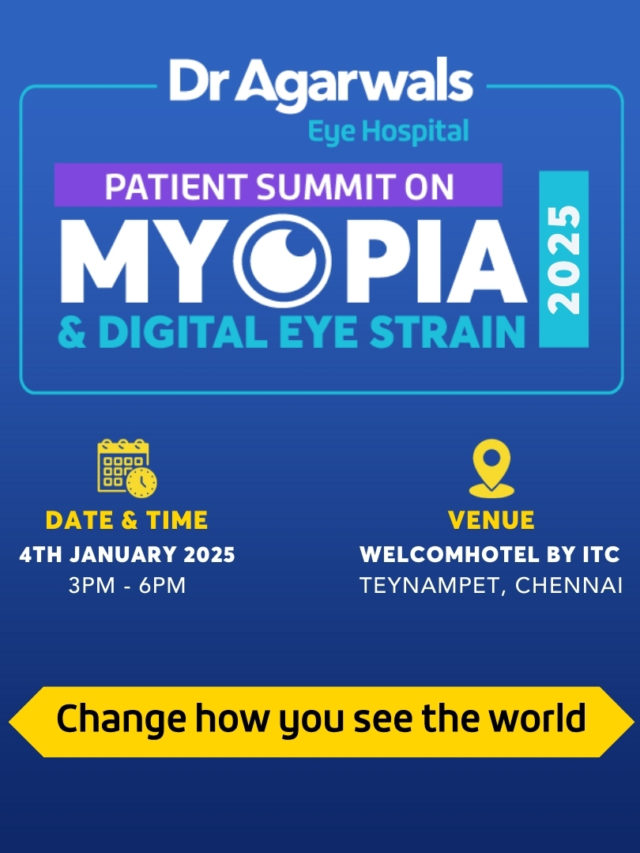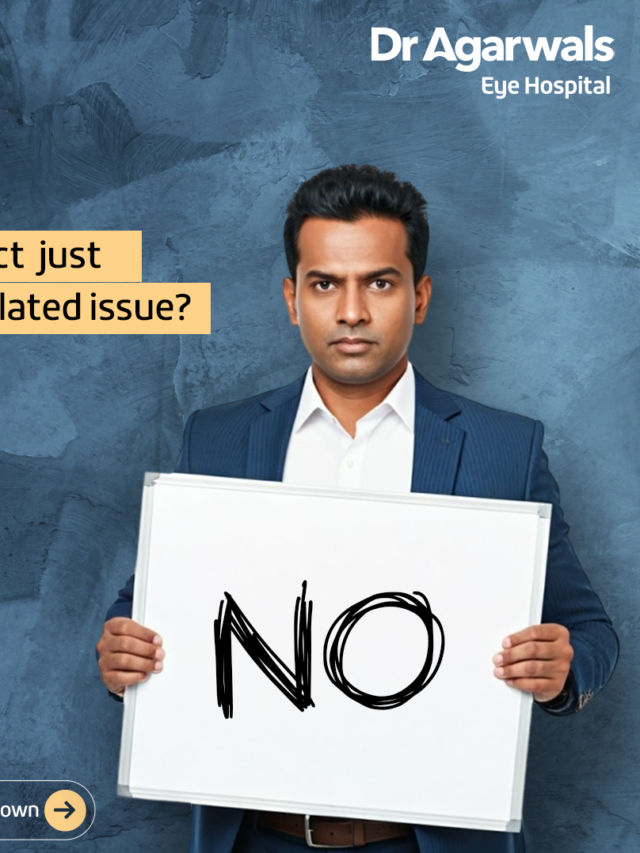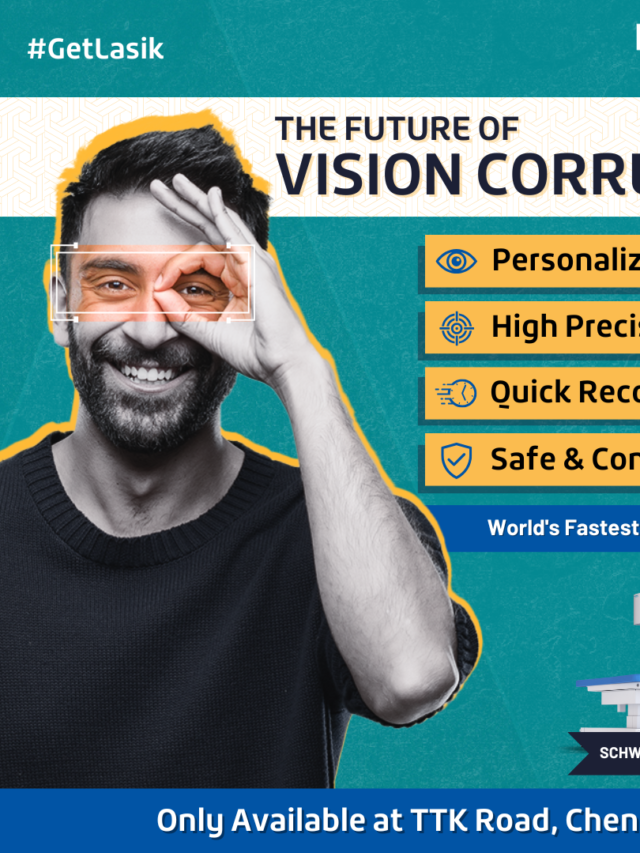In a world driven by productivity, workplaces are bustling hubs of activity, but amidst the hustle lies a critical concern that is often overlooked—eye safety. Whether you work in a manufacturing unit, an office, or a construction site, protecting your eyes is paramount. With thousands of eye injuries reported annually, understanding the regulations and recommendations surrounding workplace eye safety can save employees from discomfort, lost productivity, and long-term damage.
The Importance of Eye Safety
Imagine navigating your day with blurry or impaired vision. Eye injuries can be debilitating, and in some cases, permanent. The human eye, delicate and essential, is vulnerable to numerous hazards, from chemicals and flying debris to prolonged exposure to digital screens. According to the U.S. Bureau of Labor Statistics, over 20,000 eye injuries occur annually in workplaces, resulting in time off, medical expenses, and a significant toll on workers’ quality of life.
Employers and employees alike must recognize that a safe work environment is not just a legal requirement but a moral obligation. The right protective measures can prevent up to 90% of workplace eye injuries, according to the American Academy of Ophthalmology.
Common Causes of Workplace Eye Injuries
- Flying Objects and Debris: Workers in construction, manufacturing, and mining are frequently exposed to flying particles, splinters, and shards.
- Chemical Splashes: Laboratory and factory workers encounter dangerous liquids, which can cause severe damage if they come into contact with the eyes.
- Radiation Exposure: Welders, electricians, and other professionals who deal with ultraviolet (UV) rays, infrared radiation, or intense light are at risk.
- Digital Eye Strain: Office workers, tech professionals, and designers often face the less obvious but equally harmful impact of prolonged screen use.
- Dust and Airborne Particles: Employees in environments with high dust levels or pollutants risk irritation, dryness, and infection.
Regulations Governing Workplace Eye Safety
Governments worldwide have established strict regulations to ensure employee protection. Some of the key regulatory bodies and their guidelines include:
1. Occupational Safety and Health Administration (OSHA)
In the U.S., OSHA mandates that employers provide appropriate personal protective equipment (PPE) and ensure the workplace complies with safety standards. Some of the critical OSHA regulations include:
- Standard 1910.133: Requires employers to provide suitable eye and face protection for workers exposed to hazards.
- Hazard Assessment: Employers must conduct hazard assessments and train employees on proper PPE use.
- Safety Equipment Maintenance: Eye protection must be maintained, cleaned, and replaced when necessary.
2. International Labour Organization (ILO)
The ILO emphasizes safe working environments globally, particularly in developing countries, where the risks are higher due to inadequate infrastructure.
3. EU Directives on Safety and Health
The European Union enforces directives like 89/656/EEC, ensuring employers provide PPE, conduct risk assessments, and promote safety awareness.
Compliance with these regulations is non-negotiable, and failure to adhere could result in fines, lawsuits, and reputational damage.
Effective Recommendations to Ensure Eye Safety
Protecting workers’ eyes goes beyond regulations—it involves cultivating a culture of safety. Here are essential recommendations for employers and employees:
1. Conduct Thorough Risk Assessments
Every work environment is unique. Conduct regular risk assessments to identify hazards and determine the appropriate protective measures. For instance, construction sites may need impact-resistant goggles, while chemical labs require splash-proof eyewear.
2. Provide Appropriate PPE
Not all safety goggles or face shields are created equal. Depending on the job, PPE should be selected for:
- Impact Resistance: For workers handling heavy machinery or exposed to flying objects.
- Chemical Protection: For those working with hazardous liquids.
- UV and Radiation Shielding: For welders and laser operators.
Ensure that protective eyewear meets national or international safety standards.
3. Implement a Safety Training Program
Training is key to ensuring that employees understand the risks and how to mitigate them. Effective training should include:
- Identifying eye hazards.
- Proper use and maintenance of PPE.
- Emergency response in case of eye injuries.
Regular refreshers and hands-on demonstrations are crucial to keeping safety top of mind.
4. Promote Breaks and Screen Management for Office Workers
Digital eye strain, characterized by పొడి కళ్ళు, headaches, and blurred vision, is a growing concern among office workers. Encourage employees to:
- Follow the 20-20-20 rule: Look at something 20 feet away for 20 seconds every 20 minutes.
- Adjust screen brightness and use anti-glare filters.
- Maintain an ergonomic workstation to reduce strain.
5. Install Proper Signage and Barriers
Areas with high-risk activities should have clear warning signs and physical barriers to prevent accidental exposure to hazards.
6. Ensure First Aid and Emergency Preparedness
Accidents can still happen despite precautions. Employers must ensure that:
- First aid kits with eye wash solutions are readily available.
- Emergency procedures, such as immediate flushing of eyes in case of chemical exposure, are well understood by employees.
- Workers are trained in providing basic first aid for eye injuries.
Emerging Trends in Eye Safety
The modern workplace is rapidly evolving, and so are the risks and protective technologies. Here are some innovations making waves in workplace eye safety:
1. Smart Protective Eyewear
Equipped with augmented reality (AR) and sensors, smart eyewear not only protects workers but also provides real-time data and alerts about hazards.
2. Blue Light Filtering Lenses
With the increasing reliance on digital devices, blue light filtering glasses help reduce eye strain and protect against long-term retinal damage.
3. AI-Powered Safety Monitoring
AI systems monitor workplace environments and issue alerts when potential hazards are detected, significantly reducing accident rates.
Success Stories: Companies Getting Eye Safety Right
Organizations that prioritize eye safety not only protect their workers but also improve productivity and morale. For example:
- Ford Motor Company: Implemented a comprehensive PPE program and reported a significant drop in eye injury incidents.
- Siemens: Integrated digital eye strain prevention into their employee wellness programs, boosting satisfaction and performance.
The Cost of Neglecting Eye Safety
The financial and human costs of ignoring eye safety are immense. Medical expenses, compensation claims, lost work hours, and legal liabilities can cripple businesses. More importantly, the personal impact on employees and their families can be devastating. Thus, investing in preventive measures is not just a business decision—it’s a responsibility.
Making Vision a Priority
Eyes are irreplaceable, and a momentary lapse in safety can lead to irreversible damage. For employers, fostering a safety-first culture means going beyond regulatory compliance. For employees, it means staying vigilant and proactive about their own protection. Together, they can create a work environment where everyone’s vision is safeguarded.
By taking the right steps today, businesses can ensure a future where their workers remain productive, healthy, and free from the shadow of preventable eye injuries.


